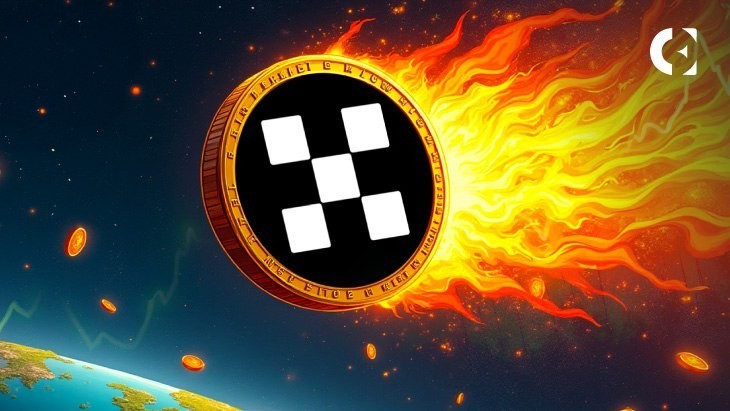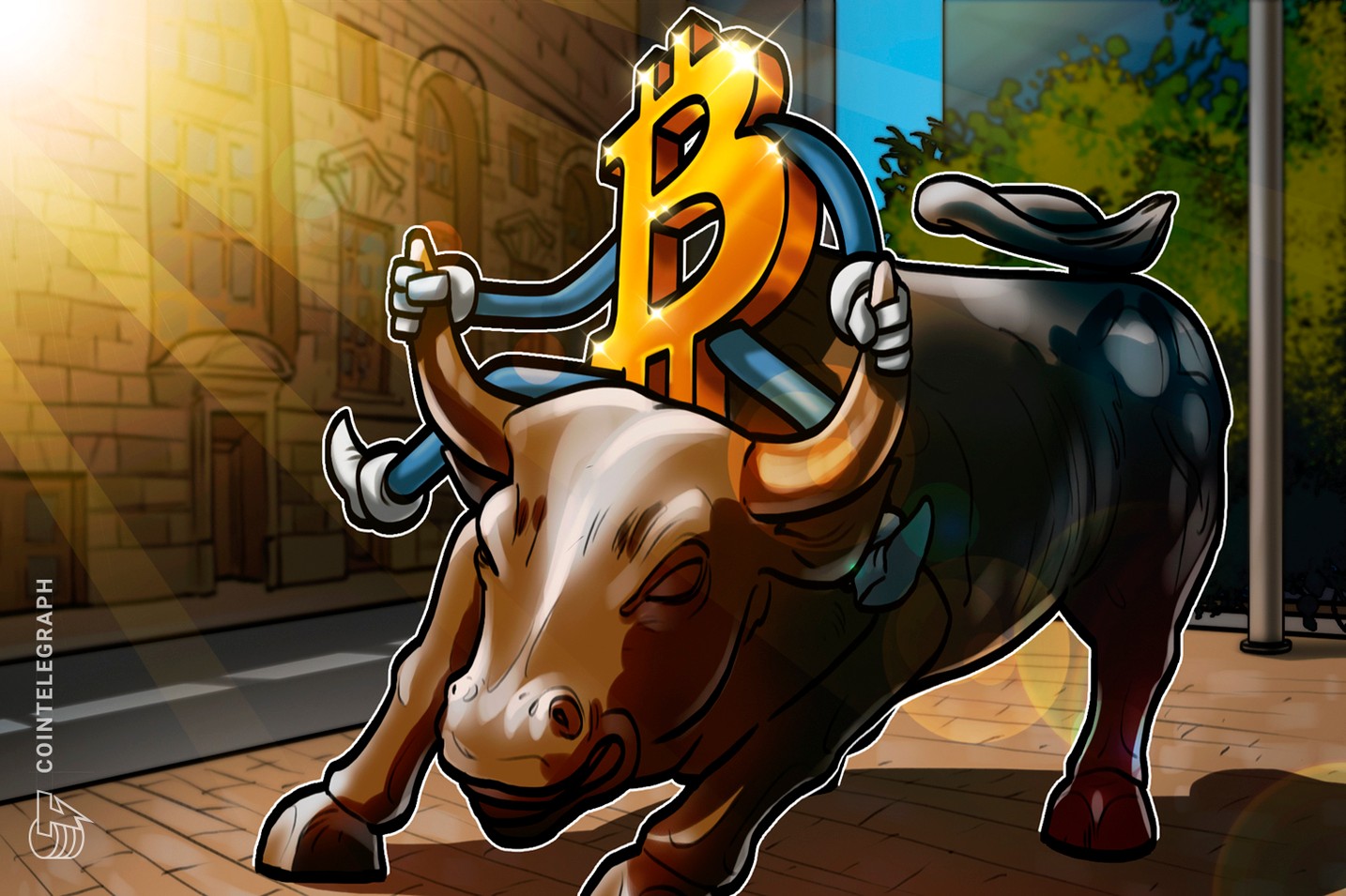Chainfeeds Introduction:
As the saying goes, September is the golden month and October is the silver month. We should take advantage of the second half of the bull market to reorganize the tracks and opportunities that are still worth our attention, and strive to achieve good results before the end of the year.
Article Source:
https://x.com/rubywxt1/status/1971417405541974506
Article author:
RubyWang
Viewpoint:
RubyWang: The entire stablecoin market experienced rapid expansion in 2025, growing from a market capitalization of $200 billion at the beginning of the year to $294.6 billion recently, a 50% increase in just three quarters. During this period of market volatility, stablecoins have gradually emerged from the background and become one of the most important narratives in the crypto industry. Earlier this year, we discussed the "hundred-group battle" of stablecoins with @0x_Todd. At that time, new projects emerged in droves, each attracting users with high yields, subsidies, and airdrops, resulting in substantial returns for retail investors. It was a period of chaotic competition, with users benefiting greatly. Now, as the market enters its second half, competition is converging on the top players, shifting from a cash-burning battle to a show of strength. This trend was fully demonstrated in our recent E60 interview with @mdzzi: in the bidding war for Hyperliquid's stablecoin USDH, each camp frequently brought in key allies, highlighting the importance of alliances and ecosystem development. In summary, the stablecoin market is evolving from a simple "hundred-group war" to a "eight immortals crossing the sea." Different camps, leveraging their respective advantages in capital, technology, and compliance, have forged differentiated development paths. Among the leading players, USDT maintains its dominant position, holding nearly 60% of the market share. Tether recently announced plans to launch a new, compliant coin, USAT, in the United States. By partnering with custodians like Anchorage Digital Bank, it will reenter the US market under the GENIUS Act. Meanwhile, public chains deeply tied to Tether, such as Plasma and Stable, are accelerating fundraising and ecosystem development. USDC is in second place. Following Circle's IPO, the CCTP protocol built with Coinbase has become the official cross-chain standard, and the Arc public chain is positioned as the infrastructure for stablecoin finance. Third, Ethena USDe has been the most profitable of this cycle. It has partnered with Binance and MegaETH to launch its native stablecoin, USDm. Through its new chain, Converge, it is attempting to use the stablecoin as gas and directly connect to TradFi. In addition, the established MakerDAO completed a brand upgrade and launched USDS, continuing its focus on over-collateralization and RWA. Binance's USD1 is steadily gaining momentum, supported by Middle Eastern funding chains. The USDG alliance launched by Paxos and PayPal brings together heavyweights such as Anchorage, Galaxy, and Kraken. Stripe's Tempo public chain and Hyperliquid's native stablecoin, USDH, are also accelerating their adoption in the payment and derivatives sectors. Overall, each with its own unique strengths, from regulatory compliance breakthroughs to ecosystem integration, from payment scenarios to derivatives markets, the competition in stablecoins has entered a new era. In today's stablecoin landscape, investment opportunities can be broadly categorized into three categories: the first is subsidies. Whether through high-yearly investment programs offered by exchanges or subsidies offered through partnerships between wallets and public chains, users can obtain stable returns with relatively low risk. For example, Coinbase offered a 12% annualized subsidy on USDC for several months, and Binance launched a similar promotion in August. On-chain platforms like Plasma and USDe also offer double-digit APYs on platforms like Ton Wallet and AAVE. The second category is opportunities in "yield-generating stablecoin" protocols. According to DefiLlama data, there are fewer than 40 stablecoin projects with a market capitalization exceeding $100 million, and fewer than ten of them are truly leading. Therefore, the next generation of high-yield stablecoin protocols are expected to attract users through derivative gameplay like PT/YT, while also offering airdrop bonuses during the TGE phase. Examples include Falcon Finance's USDf, Ethereal, Terminal, and Strata in the Ethena ecosystem. The third category involves the prospect of airdrops from new projects. Hylo and Vectis in the Solana ecosystem, and Cap on MegaETH, are all promising projects that have yet to launch a TGE. Overall, stablecoin opportunities have shifted from simple financial management to a trinity of "subsidies, returns, and airdrops." Investment logic requires careful risk balancing: leading projects should focus on long-term penetration and compliance progress, while emerging projects are suitable for small-scale ambush investments seeking high returns. It is foreseeable that with the arrival of the "Eight Immortals Crossing the Sea" phase, stablecoins will continue to unlock greater opportunities in multiple scenarios across payments, wealth management, and capital markets.
Content Source








